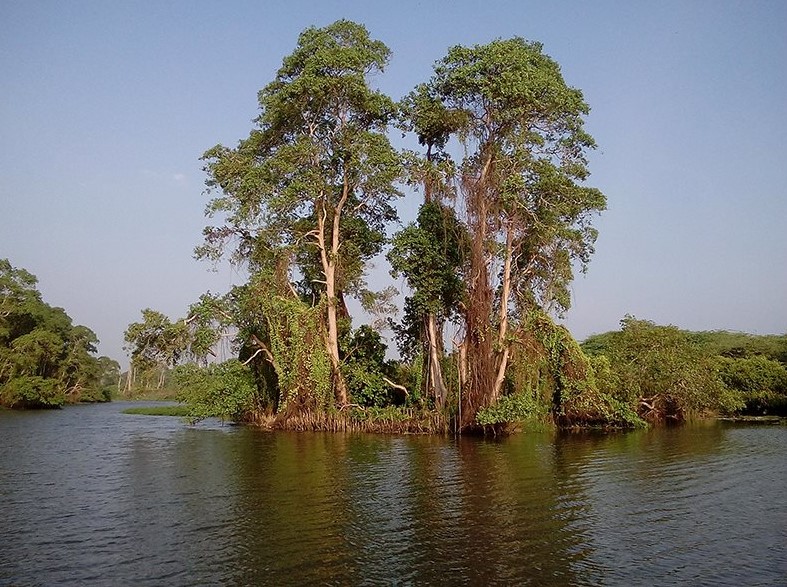Walawe River Safari: A Journey into Southern Sri Lanka’s Natural Splendor
Embark on an unforgettable adventure with the Walawe River Safari, a captivating boat tour that winds its way through the picturesque landscapes of the southern province of Sri Lanka. This immersive experience is renowned for its diverse wildlife, breathtaking scenery, and community-driven tourism initiatives….
Soaring into Paradise: Discovering the Splendors of Hambantota Bird Park
Nestled within the verdant landscapes of Hambantota, Sri Lanka, the Hambantota Bird Park stands as a sanctuary for avian enthusiasts and nature lovers. Spanning an expansive 50 acres, this avian haven is not just the largest bird park in South Asia; it’s a vibrant…
Ridiyagama Safari Park: A Wildlife Odyssey in Sri Lanka’s Southern Gem
Nestled in the southern reaches of Sri Lanka, the Ridiyagama Safari Park emerges as a wildlife haven, captivating visitors with its diverse ecosystems and the enchanting beauty of the island’s flora and fauna. Located near the historic town of Hambantota, this safari park unfolds…
Aluvihare Rock Cave Temple in Matale: Unveiling Ancient Wisdom and Spiritual Serenity
Nestled in the picturesque city of Matale, the Aluvihare Rock Cave Temple stands as a sacred repository of Sri Lanka’s rich cultural and religious history. Tucked away amidst lush greenery, this temple is a haven of tranquility and a treasure trove of ancient wisdom….
Gangaramaya Temple in Colombo: A Spiritual Haven in the Heart of the Capital
Nestled in the vibrant heart of Colombo, Gangaramaya Temple stands as a revered sanctuary of spirituality and cultural richness. Situated in the bustling neighborhood of Hunupitiya by the Beira Lake, this iconic temple is a harmonious blend of history, architecture, and religious significance. Located…
Discovering Kurundu Oya Ella Waterfall: A Majestic Retreat in Nuwara Eliya
Tucked away in the Nuwara Eliya District, Kurundu Oya Ella Waterfall, also known as Maturata Ella, stands as the second-highest waterfall in Sri Lanka, boasting a majestic height of 189 meters. This natural wonder, born from the Kurundu River, gracefully descends into a deep…
Kuttam Pokuna in Anuradhapura: Twin Ponds of Ancient Elegance
In the heart of Anuradhapura, there’s a unique place called Kuttam Pokuna, and it’s not your typical spot. These are twin ponds that whisper tales of ancient Sri Lanka’s architectural brilliance. Let’s dive into what makes Kuttam Pokuna special and why it’s a must-see….
Thuparamaya Stupa in Anuradhapura: A Sacred Place of Buddhism
In the old city of Anuradhapura, there’s a special place called Thuparamaya Stupa. It’s not just any place; it’s the oldest stupa in Sri Lanka and holds a lot of meaning for people who follow Buddhism. Let’s explore what makes Thuparamaya special and why…
Jethawanaramaya Stupa: An Ancient Marvel in Anuradhapura
Standing proudly in the ancient city of Anuradhapura, the Jethawanaramaya Stupa is a colossal architectural masterpiece that echoes the grandeur of ancient Sri Lanka. Constructed during the 3rd century AD under the reign of King Mahasena, this stupa is a testament to the advanced…
Samadhi Buddha Statue: A Meditative Marvel in Anuradhapura
In the ancient city of Anuradhapura, amidst the echoes of history, stands the serene and contemplative Samadhi Buddha Statue. This remarkable statue is not just a sculpted form; it is a embodiment of profound spiritual calm and a symbol of the rich Buddhist heritage…













